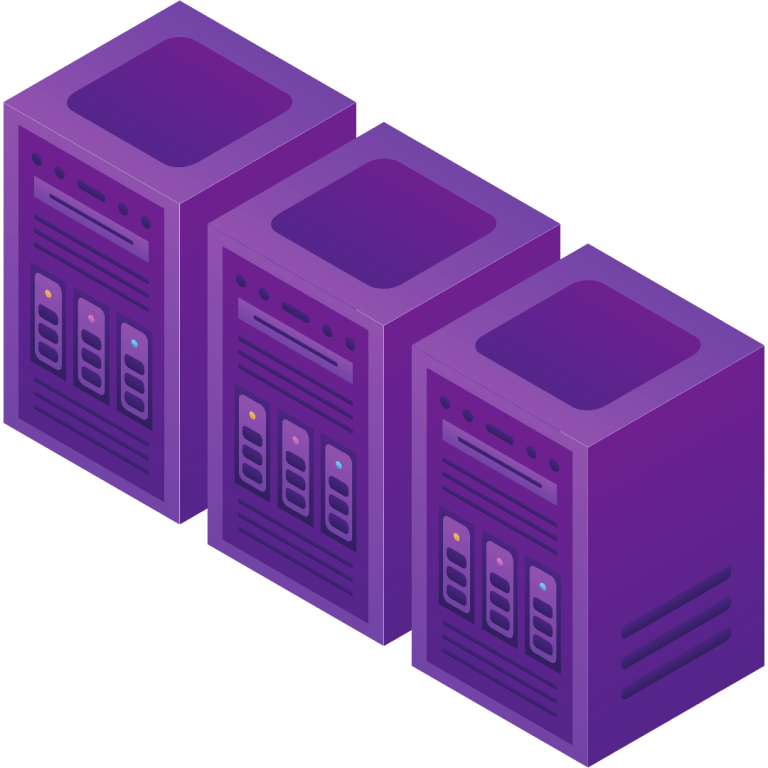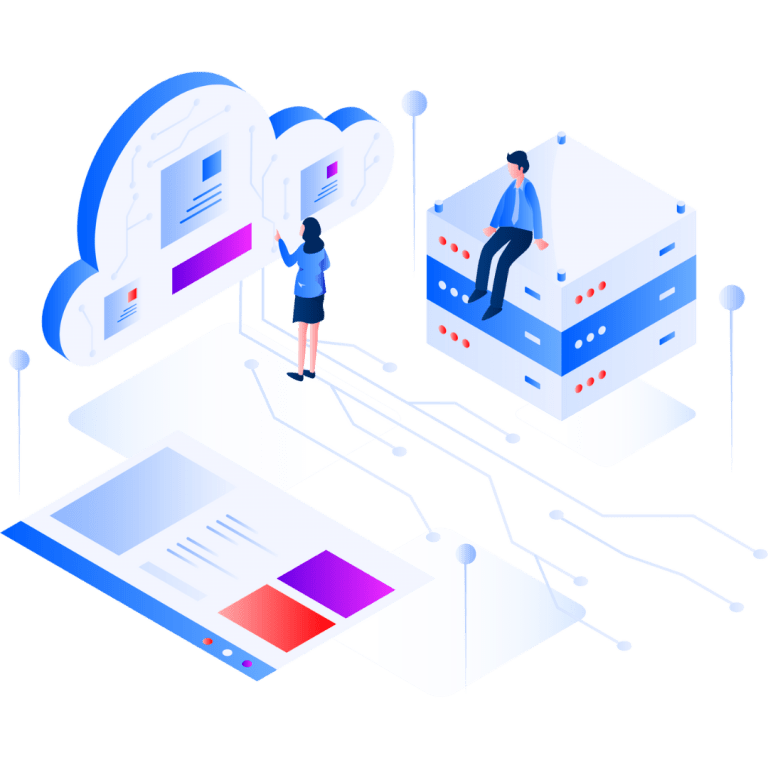Edge Computing: The New Frontier for Business Innovation
Amidst a broad horizon of technological advancement, a new paradigm of computing is emerging, one that promises to redefine the boundaries of data processing and analytics. Standing at the brink of this innovation, business leaders and IT professionals must now turn their attention to ‘edge computing,’ an approach that could revolutionize the agility and intelligence of digital ecosystems.
In this comprehensive exploration, we will examine the basics of edge computing and provide strategic insights into its incorporation into existing business frameworks. Let’s venture forth into uncharted territory where the edge reigns supreme.
Edge computing represents a distributed computing model that brings computation and data storage closer to the location where it is needed, which contrasts with the traditional cloud computing model. With edge computing, data is processed by the device itself or by a local computer or server, rather than being transmitted to a data center. The benefits of this decentralized approach are—faster processing times, reduced network bandwidth, and inherently stronger data privacy and security protocols.
The core philosophy of edge computing is to minimize the distance between the data source and the processing unit, often by deploying micro data centers closer to the ‘edge’ of the network. This translates to real-time or near-real-time responses, a feat previously unattainable with cloud-based systems.


To understand the compelling proposition edge computing presents, it is vital to contrast it with cloud computing. While cloud computing remains an integral part of modern IT infrastructure, it is not without its limitations. Cloud-based services are centralized, leading to latency issues for applications that require immediate responses. Furthermore, continuous reliance on cloud servers can strain network resources, especially with the burgeoning Internet of Things (IoT) devices.
Edge computing maneuvers around these limitations by dispersing data processing and storage across a distributed infrastructure. This approach not only addresses real-time processing demands more efficiently but also mitigates risks associated with network downtime, security breaches, and also shields businesses from potential regulatory hurdles that often accompany cross-border data transfers.
The benefits of implementing edge computing are diverse and resonate across various aspects of business operations.
The path to incorporating edge computing into business models is neither simple nor straightforward. However, with a strategic approach, the transition can be smooth and highly rewarding.
The integration of edge computing promises a paradigm shift in how businesses interact with and leverage cutting-edge technology. It’s not merely about keeping pace with the times; it’s about forging new opportunities that were previously unattainable.
To those at the helm of enterprise IT and business strategy, the call to action is clear—embrace the edge, and chart a course towards an agile, secure, and intelligent business future. In doing so, businesses can unlock new levels of operational efficiency, deliver previously unthinkable consumer experiences, and secure a competitive edge in an increasingly dynamic digital arena.
The horizon of edge computing is replete with possibilities. It’s time for businesses to innovate, adapt, and explore the uncharted terrain on the verge of the next digital revolution.
